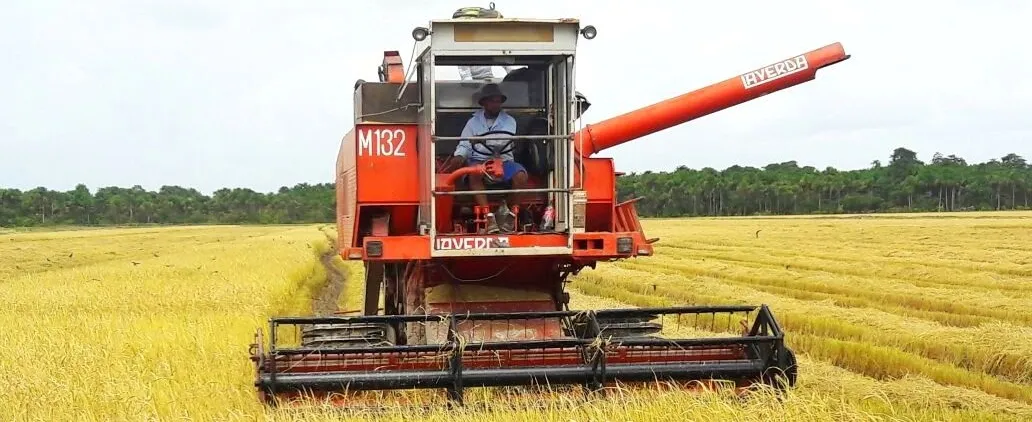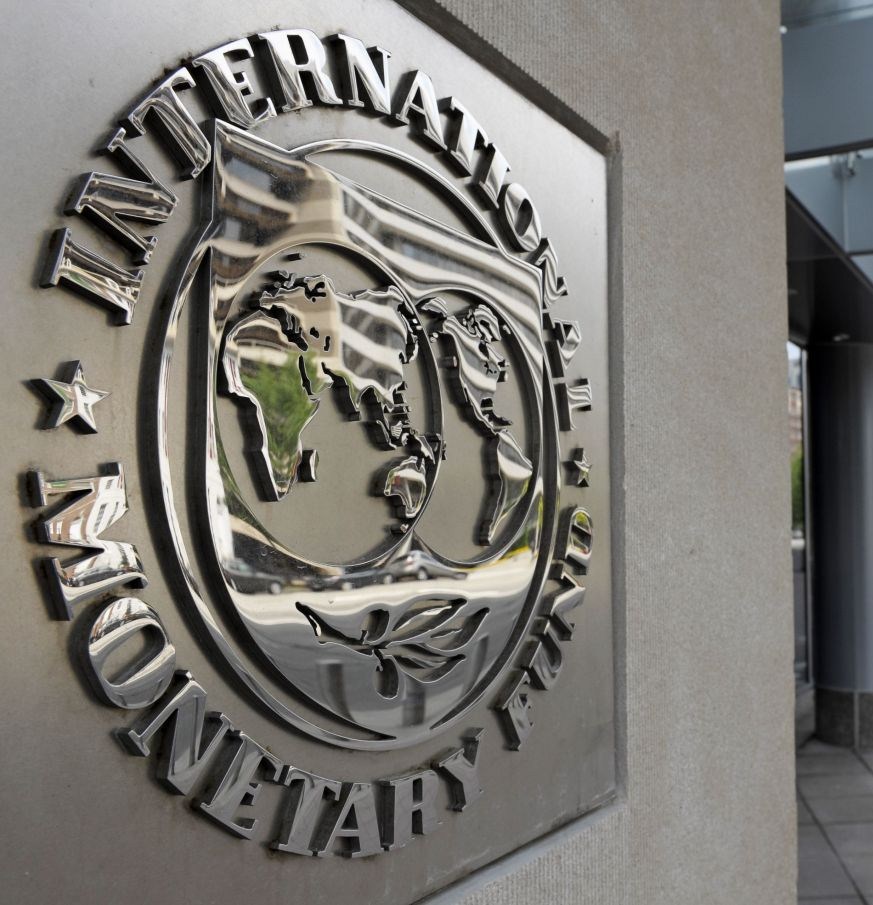With Guyana moving to oil production early next year, the country is suffering from a shortage of skilled manpower. This deficiency, according to the International Monetary Fund (IMF) recent country report, continues to constrain the nation’s medium to long-term growth.
The report noted that the gross school enrolment ratio at the tertiary level for Guyana is about 12% a “much lower” rate than the Latin America and the Caribbean average of 44%.
Further to that, it was reported that the current “low” expenditure on education of 10% is relative to the Caribbean average of 18% of total government expenditure. This, the document stated, highlights the need to increase expenditure on education policy reforms aimed at expanding access to education, improving the curriculum to better connect to modern labour market needs and enhancing vocational training.
This recommendation comes at a time when the government is ramping up improvements in the education sector, with the construction and upgrade of more schools in the hinterland and on the coast. The David Granger-led administration is also on record announcing its vision to make all levels of education free of cost.
President Granger, during the commissioning ceremony of the $186M Tertiary Students’ Dormitory for Hinterland Students located at Liliendaal, East Coast Demerara, last month, said more than G$170B would have been plugged into the sector over the past four years.
He said that spending in the education sector would have moved from 14.8% of the national budget in 2014, to 17% in 2017.”
Meanwhile, the IMF report stated that in order to address the skills gap and satisfy an expected increase in labour demand, Guyana could adopt more “liberal” or open immigration policies, including free movement of all categories of workers from other Caribbean Community (CARICOM) countries.
It noted also that female labour participation declined slightly from 42.6% in 2017 to 41.2% in 2018. Promoting more flexible working arrangements, the document stated, could help increase female labour participation.









